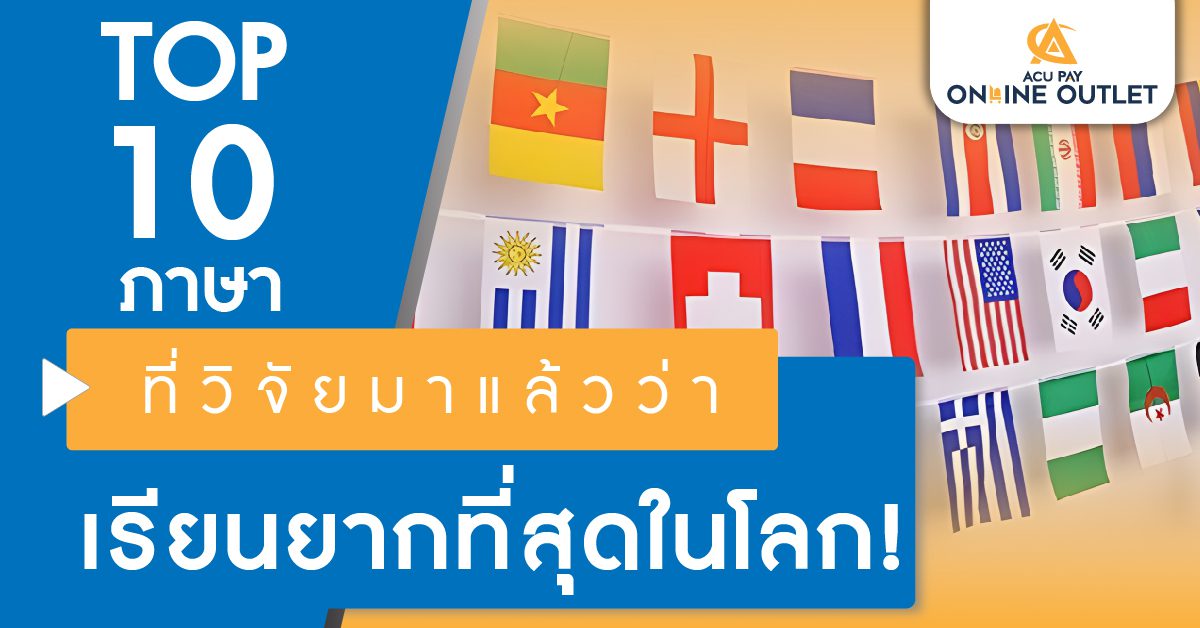

Origins:
Mandarin Chinese, which originated from Old Chinese, has roots dating back over 3,000 years. It is the principal language of China, evolving significantly through different historical phases to become the modern form spoken today.
Number of Speakers:
Approximately 1.2 billion people.
Difficulty Factors:
Mandarin is challenging due to its tonal nature, where the meaning of a word can change dramatically based on tone. Additionally, it uses thousands of characters instead of an alphabet, necessitating extensive memorization.
Origins:
Arabic is a Semitic language with a history spanning over 1,500 years. It is the language of the Quran and has deeply influenced other languages and cultures throughout history.
Number of Speakers:
Around 310 million native speakers, with over 420 million total speakers.
Difficulty Factors:
Arabic has complex grammar, including root-based word formation and various dialects. Its script is written from right to left and features unfamiliar sounds for many learners.
Origins:
The Japanese language has a rich history dating back to the 8th century, heavily influenced by Chinese, especially in its writing system. It incorporates three distinct scripts: Hiragana, Katakana, and Kanji.
Number of Speakers:
Approximately 128 million people.
Difficulty Factors:
The challenge in Japanese arises from its three writing systems, which serve different purposes, and its complex grammar and politeness levels.
Origins:
Hungarian belongs to the Finno-Ugric language family, with origins tracing back to the Uralic languages. It is unique among European languages and has a rich literary tradition.
Number of Speakers:
Around 13 million people.
Difficulty Factors:
Hungarian is difficult due to its 18 grammatical cases and extensive use of agglutination, which involves combining prefixes, stems, and suffixes to form words.
Origins:
Korean has historical ties to Japanese and the Altaic languages. The Hangul alphabet was developed in the 15th century and was designed for ease of use. The Korean language is influenced by Chinese in terms of vocabulary, but it has a different structure.
Number of Speakers:
Approximately 77 million people.
Difficulty Factors:
Korean has seven speech levels that dictate different verb forms based on the relationship between speakers. Its grammar and sentence structure are also complex.
Origins:
Finnish is part of the Finno-Ugric family and is known for its unique structure and vocabulary. It has a rich tradition of oral literature, including the Kalevala.
Number of Speakers:
Around 5.4 million people.
Difficulty Factors:
Finnish features 15 grammatical cases, agglutinative structure, and vowel harmony, making it particularly challenging for learners.
Origins:
Icelandic has preserved much of the Old Norse language, making it one of the most conservative languages in Europe. It has a rich literary heritage that includes the Sagas.
Number of Speakers:
Approximately 350,000 people.
Difficulty Factors:
Icelandic grammar includes four cases and various verb conjugations, with few changes over centuries, complicating learning for even other Germanic language speakers.
Origins:
The Thai language is part of the Tai-Kadai language family and has evolved from earlier dialects influenced by Sanskrit and Pali. It has a rich tradition of literature and poetry.
Number of Speakers:
About 69 million people.
Difficulty Factors:
The Thai language is challenging due to its five tones, where word meaning changes with tone. Its writing system is complex, with 44 consonants and 32 vowels, lacking spaces between words.
Origins:
Polish is a West Slavic language with roots in Old Slavic. It has a rich literary tradition and has been shaped by various cultural influences over time.
Number of Speakers:
Approximately 50 million people.
Difficulty Factors:
Polish features seven grammatical cases, requiring learners to understand various word endings based on sentence structure.
Basque, or Euskara, is a language isolate with no known relatives, believed to predate the arrival of Indo-European languages in the region. Its distinct structure has been preserved for centuries.
Number of Speakers:
Around 750,000 people
Difficulty Factors:
Basque presents challenges due to its unique structure and complex verb conjugation system that changes based on sentence context.
Learning these languages is not just about acquiring a new skill; it’s an enriching experience that allows learners to engage with diverse cultures. Whether for personal growth or career opportunities, tackling these challenging languages can lead to invaluable insights and experiences!

MAKE A GREAT DAY WITH ACU PAY